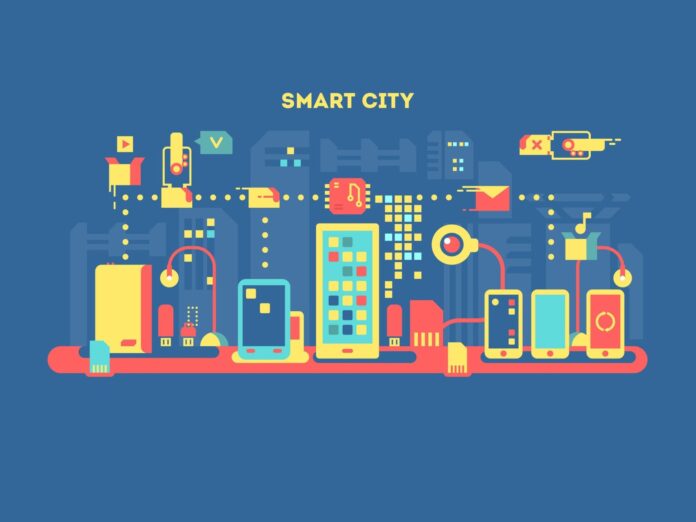City councils around the United States realize that connecting municipal infrastructure to the internet can improve the quality of life for citizens and ultimately save taxpayers money. The drive to make cities “smarter” is a clear opportunity for infrastructure vendors and systems integrators, but cities are looking to these companies for more than equipment and services. Often they want guidance and direction as well.
Municipalities and their vendors should follow four guiding principles, according to Sean Tippett, director of business development and IoT at Silver Spring Networks. Silver Spring builds outdoor networks for cities and utilities, and has focused primarily on smart grid and smart lighting deployments. The company’s IPv6 mesh technology is alread in its 5th generation, and more than 25 million devices are deployed worldwide.
“We’re inherently a multi-application system, meaning that you deploy us with one type of sensor in the beginning, but then add other applications on top and that comes a lot from our standards-based focus,” said Tippett.
At the Enterprise IoT Summit in Austin, Tippett shared four lessons learned from multiple engagements with cities around the world.
1. Embrace open ecosystems. “Cities want to choose vendors that are standards-based, because standards are vetted and they will also have support with ecosystem partners,” Tippett said. He said successful cities usually work with multiple vendors.
2. Collaborate financially as well as organizationally. “Organizationally we see with our smart cities, that they tend to develop smart city councils, where they have representation from every division within the city,” Tippett said.
3. Choose vendors who can evolve with the city. Tippett said vendors who enable customers to download new firmware as new features arise and incorporate new generations of technology are likely to be the best partners.
4. Keep the citizen top of mind. Citizens are paying for smart cities with tax dollars and if the ciizens don’t understand what the money is being used for they may not support smart city initiatives.
It makes sense for cities to begin with projects that have a positive return on investment and add more applications as those also start to make economic sense. Tippett said that in his experience, cities often start with smart lighting.
“The killer app is the intelligent street light control system,” he said. “The renovation that’s going throughout the world is taking ineffiicent high pressure sodium lights and converting them to LED. At the same time, if you add controls on top, it’s still a positive business case. .. And then you can enable all of these other applicaiton underneath – smart water, smart gas, traffic, environmental sensors, all of that comes from the fact that you’ve already deployed a smart lighting network.”

